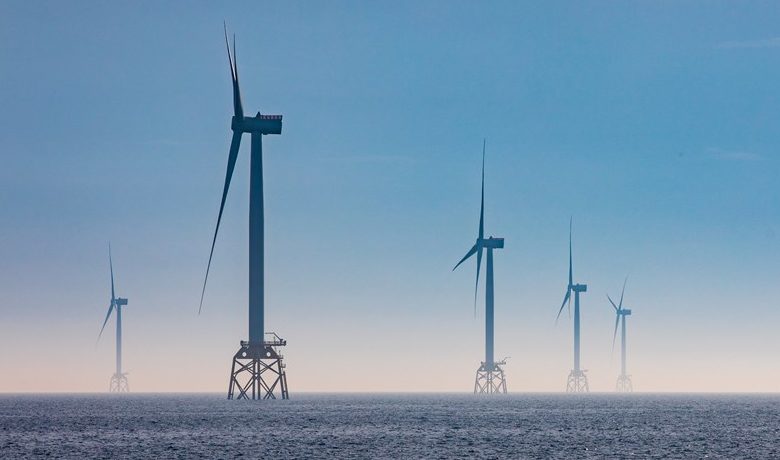UK losing over $1bn a year from wasted offshore wind power

The UK is losing £1bn ($1.26bn) a year because of system constraints due to insufficient transmission capacity and the costs of curtailment could rise to £3.5bn by the time planned solutions are implemented next decade, a new report showed.
Policy Exchange, a UK think tank, said in a recent report that the transmission and distribution infrastructure required to connect the wind turbines growing around and off the coastlines of Great Britain and Northern Ireland hasn’t kept pace and is leaving ever-growing volumes of power wasted.
“This curtailment, when wind generators are instructed by the network operator to disconnect from the grid due to constraints on the UK’s power system, is a costly problem,” the think tank said.
According to the report, power system congestion has cost consumers over £2bn since 2021, and in 2022 alone some £210m of curtailment payments were made to renewable generators under contract.
As the country’s offshore wind fleet grows from 14 GW today to the 50 GW offshore wind target in 2030, the UK is on track for a fivefold increase in curtailment by 2030, wasting an amount of electricity equivalent to the annual electricity consumption of more than 5m households, Policy Exchange stated.
A series of long-term initiatives are underway to help address these problems, including the development of new transmission infrastructure, energy storage assets, and the Review of Electricity Market Arrangements reforms, but these plans will take over a decade to fully materialise and are expected to be outpaced by the addition of new generation and envision a major role for hydrogen.
Research conducted by Policy Exchange found that in 2022 the volume of wasted wind generation was sufficient to produce over 118,000 tonnes of green hydrogen, rising to 455,000 tonnes by 2029. Instead of that, the UK made congestion payments of over £350m between 2021 and 2022.
UK’s Net Zero Hydrogen Fund and the Hydrogen and Carbon Capture Cluster Sequences initiatives by the country’s government are well received, Policy Exchange notes, but encumbered by delays and will likely fall well short of the target of 10 GW of hydrogen production capacity by 2030.
Between heavy industry, sustainable aviation fuels, energy storage, and much else, hydrogen is expected to deliver between a fifth and a third of Britain’s final energy consumption by 2050. Hydrogen’s application for flexible power generation and long-duration storage will require more than a 100-fold increase in the nation’s clean hydrogen production capacity even under the most conservative forecast.
The report calls on Westminster to encourage electrolyser adoption in heavily curtailed areas to leverage wasted energy and supercharge the UK’s hydrogen economy.
The report determined that electrolysing the UK’s wasted renewable energy could create enough hydrogen to displace two-thirds of the 700,000 tonnes of the UK’s current, carbon-intensive grey hydrogen consumption annually, decarbonise the entirety of the UK’s 7m tonne annual steel manufacturing, meet over 90% of the nation’s sustainable aviation fuel target for 2030, or deliver two-thirds of the electrolyser production capacity target for 2030.

But HMG wants more drilling for oil !
How many times have these think tanks have gotten these predictions correct.
0 out of 100